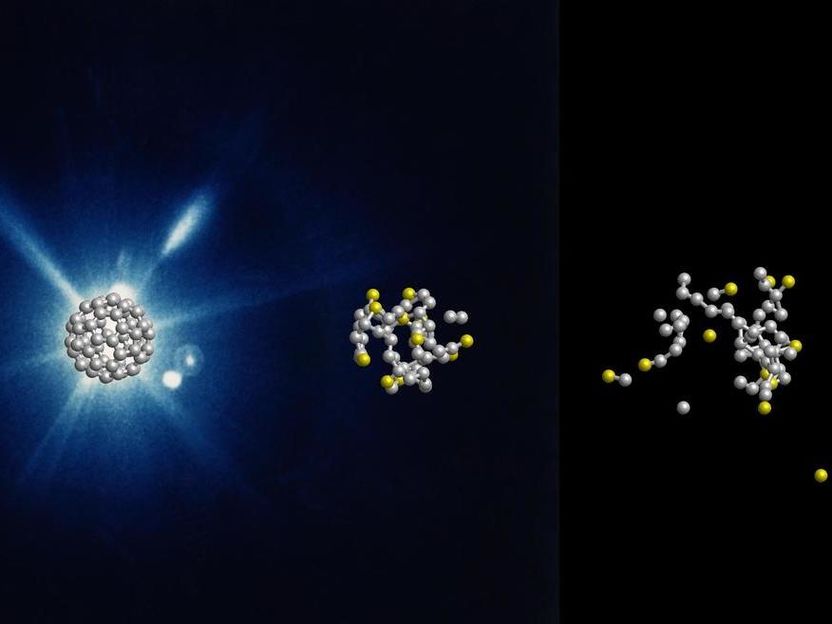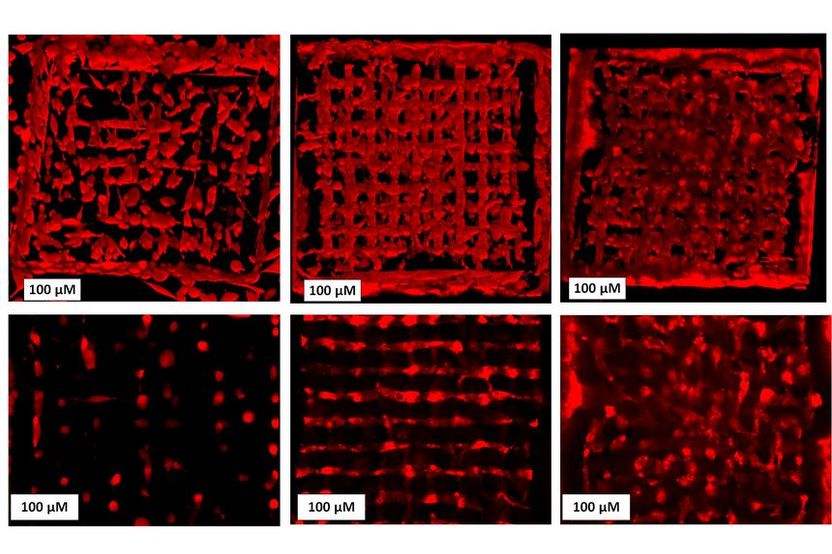Fine-tuning for intestinal immune cells
An international team of researchers under the leadership of the LIMES Institute and the excellence cluster ImmunoSensation of the University of Bonn unraveled a new regulatory mechanism how food components and environmental factors influence the immune system. Various substances present in the intestines can bind to an important controller, the Ah receptor. This system is in turn regulated by the Ah receptor repressor and as a result, it influences the degree of the immune response. If the controller is not properly adjusted during bacterial infections, there can be life-threatening septic shock, for example.
The intestines’ primary role is digestion but they must also achieve high performance around the clock defending against pathogens and environmental pollutants. This is because everything taken up with food ultimately ends up in the digestive tract. “The intestines assume an important barrier function so that, to the greatest extent possible, no harmful organisms and substances are able to overcome this bastion,” says Prof. Dr. Irmgard Foerster, who is researching the connection between immunology and the environment at the Life and Medical Sciences (LIMES) Institute and in the excellence cluster ImmunoSensation of the University of Bonn.
The immune system in the intestines must be continually rebalanced. If its response is weak, pathogens and noxious substances have an easy job. If the immune reaction is excessive, there can be harmful inflammation – for example, colitis – to the point of life-threatening septic shock. The “Ah receptor” (aryl hydrocarbon receptor) plays an important role in this fine-tuning of the immune system in the intestines. A receptor is a protein onto which certain molecules latch – similarly to how a key fits into a lock. A large variety of substances can bind to the Ah receptor and thus trigger certain signal chains: aromatic hydrocarbons as they develop, for example, through the breakdown of food components, but also environmental toxins such as dioxins.
Ah receptor and its repressor control the immune response together
The Ah receptor has a counterpart: the Ah receptor repressor which partially inhibits the effect of the Ah receptor. “Together, both ensure that there is an appropriate immune response,” says Dr. Heike Weighardt from Prof. Foerster’s team. Up to now, it was largely unknown how the Ah receptor repressor worked. Together with scientists from the IUF Leibniz Research Institute for Environmental Medicine in Duesseldorf and the Waseda University in Tokyo (Japan), the researchers at the LIMES Institute and the excellence cluster ImmunoSensation of the University of Bonn have now researched how the interaction of the Ah receptor and its repressor works.
Using a mouse model, the team of scientists replaced the gene for the Ah receptor repressor with one for a protein which fluoresces green. “Whenever the gene for the Ah receptor repressor is to actually become active, the fluorescing protein glows,” says Oliver Schanz from the University of Bonn, one of the lead authors of the study. It was demonstrated that the repressor in the intestinal immune cells is always particularly active when the Ah receptor is also operating at full speed. “Our data show that for a balanced immune response, both counterparts are necessary,” says Prof. Foerster.
The Ah receptor repressor increases the risk of septic shock
If the immune system mounts an excessive response, this can result in impending life-threatening septic shock through cardiovascular failure and organ damage. The team of researchers mutated the gene in mice for the Ah receptor repressor and the animals were then protected from such a hazardous shock. By contrast, a malfunction of the Ah receptor repressor as well as of the Ah receptor itself led to increased sensitivity for chronic bowel inflammation. Both antagonists affect the production of immunostimulating substances, which include, for example, interleukin-1 beta or interferon gamma. “There is an appropriate immune response only if the Ah receptor and the Ah receptor repressor are in balance,” Dr. Weighardt concludes from these findings.
According to the scientists, the study shows that food can have a significant influence on the immune system. When vegetables – such as broccoli, for example – contain many substances which bind to the Ah receptor and thus activate the associated repressor, this may stabilize the immune system in the intestines. “The degree to which the results investigated in a model approach in animals can be transferred to humans must still be researched further,” says Prof. Foerster.
Original publication
Olga Brandstätter, Oliver Schanz, Julia Vorac, Jessica König, Tetsushi Mori, Toru Maruyama, Markus Korkowski, Thomas Haarmann-Stemmann, Dorthe von Smolinski, Joachim L. Schultze, Josef Abel, Charlotte Esser, Haruko Takeyama, Heike Weighardt & Irmgard Förster; "Balancing intestinal and systemic inflammation through cell type-specific expression of the aryl hydrocarbon receptor repressor"; Scientific Reports; 2016




























































